I am working on project to find similarity between two sentences/documents using tf-idf measure.
Now my question is how can I show the similarity in a graphical/Visualization format. Something like a Venn diagram where intersection value becomes the similarity measure or any other plots available in matplotlib or any python libraries.
I tried the following code:
from sklearn.feature_extraction.text import TfidfVectorizer
from sklearn.metrics.pairwise import cosine_similarity
documents = (
"The sky is blue",
"The sun is bright"
)
tfidf_vectorizer = TfidfVectorizer()
tfidf_matrix = tfidf_vectorizer.fit_transform(documents)
print tfidf_matrix
cosine = cosine_similarity(tfidf_matrix[0:1], tfidf_matrix)
print cosine
import matplotlib.pyplot as plt
r=25
d1 = 2 * r * (1 - cosine[0][0])
circle1=plt.Circle((0,0),d1/2,color='r')
d2 = 2 * r * (1 - cosine[0][1])
circle2=plt.Circle((r,0),d2/2,color="b")
fig = plt.gcf()
fig.gca().add_artist(circle1)
fig.gca().add_artist(circle2)
fig.savefig('plotcircles.png')
plt.show()
But the plot I got was empty. Can some one explain what might be the error.
plotting circle source:plot a circle


